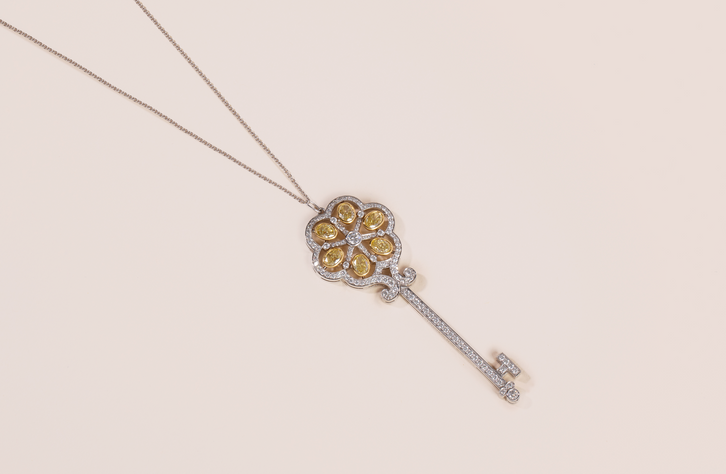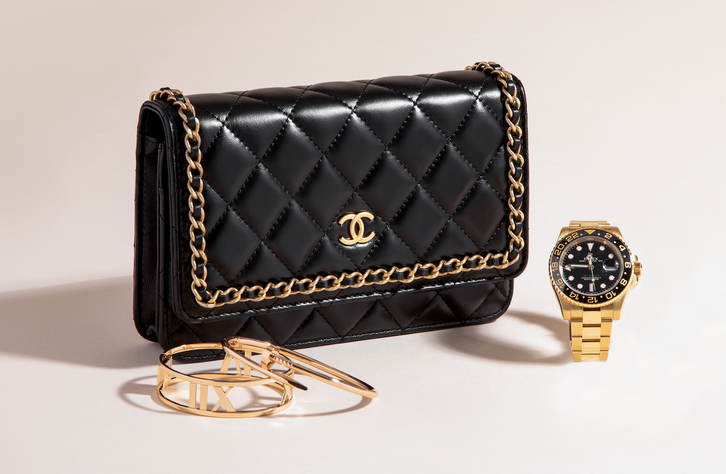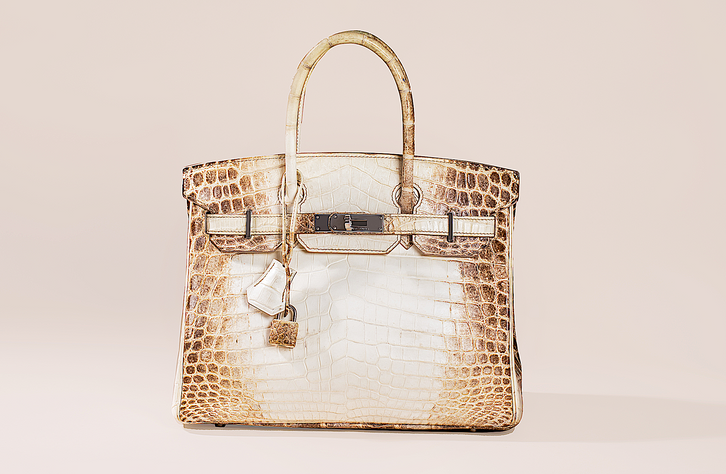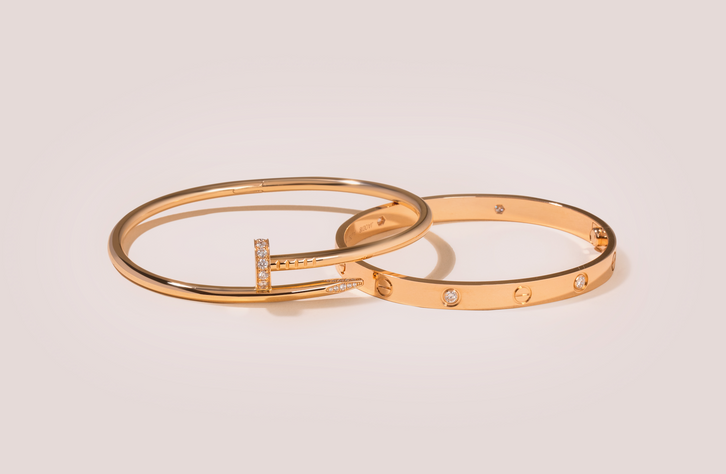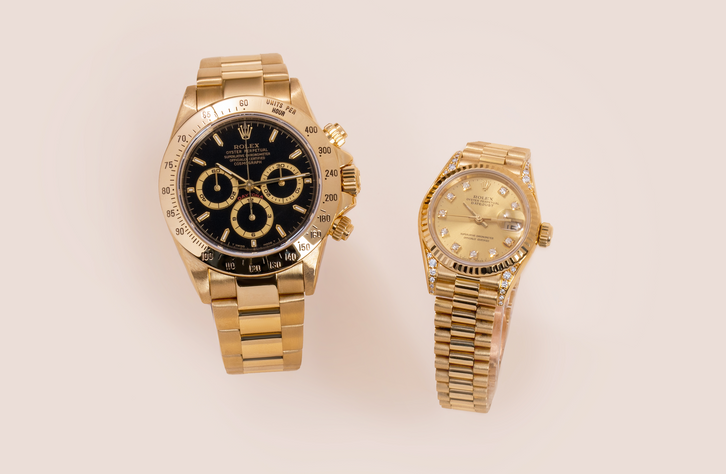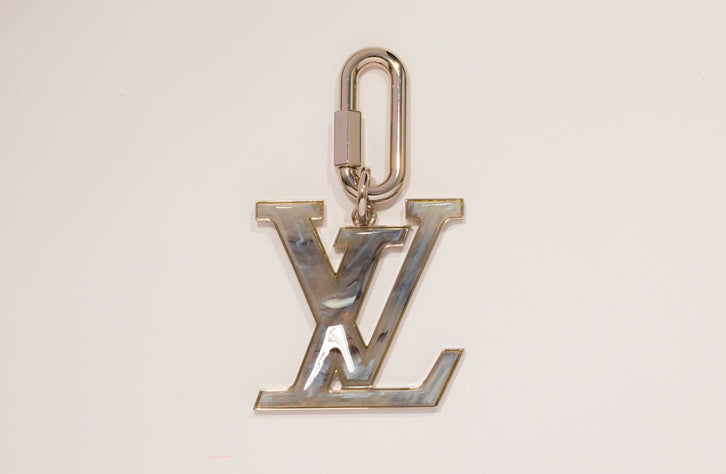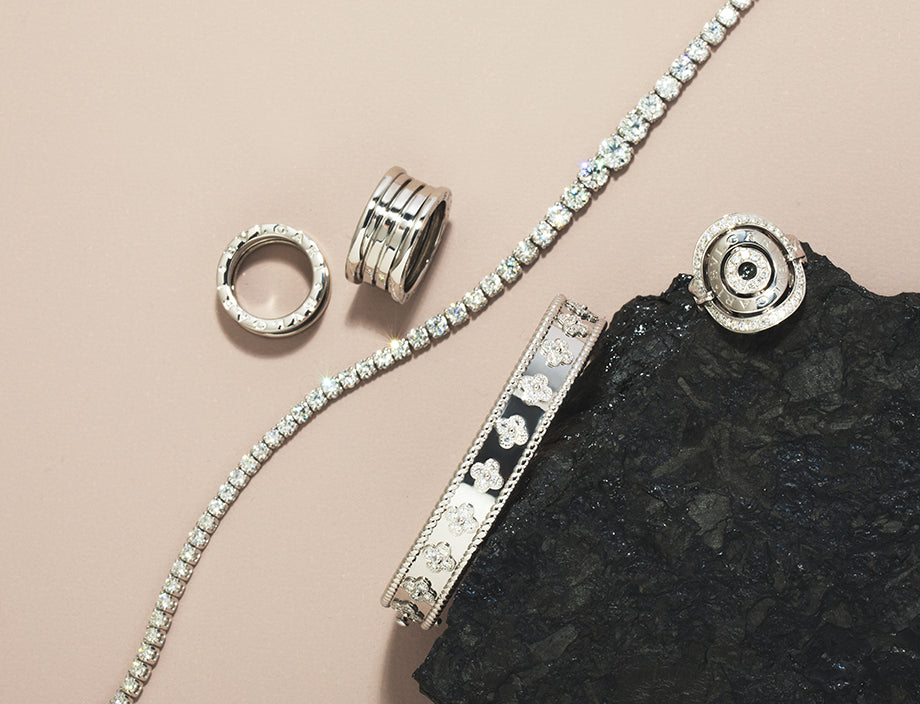What Is The GIA?
Since their opening in 1931, the GIA (Gemological Institute of America) have quickly established themselves as the foremost authority in gemology and become the industry standard in gemological sciences. The GIA views diamond grading as much of an art form as a science and continue to develop and advance techniques in the grading of diamonds, gemstones and pearls. They also offer a highly intensive training program.
Why Is The GIA So Important?
As a company in the diamond trade, myGemma relies heavily on the GIA as they are universally known and the most trusted laboratory in the world. The GIA applies the same scrutiny irrelevant of which office the stone is sent to.
The stone is first scanned into a complex grading system known as a Sarin machine. This machine then scans and records the stones proportions, inclusions and chemical composition, which can be helpful during the valuation process. The data is then stored in their extensive data bank. This allows the GIA to track cutting trends and ideal proportions so they have an evolving concept of diamonds ideal proportions.
GIA Training
The GIA is also the top trade school for learning to grade diamonds, gemstones and pearls. They provide step-by-step instructions and help you develop skills through hands-on experience. While training at the GIA, you grade hundreds of diamonds, but that is not all. Classes also focus on diamond formation, how diamonds are mined and the Kimberley process.
In advanced lessons you learn about the crystalline structure of diamonds and what makes them so strong, how diamonds are cut and polished and even how to understand the diamond price sheet. Arguably the important lesson is how to detect diamond treatments and identifying diamond simulants. The GIA shows more than basic grading techniques; they take you on a journey from the formation of carbon atoms millions of years ago to the fully formed diamond.
Every day in class you grade as many stones as possible. Before the 7 week program ends, you will have graded a minimum of 145 diamonds. At first grading is slow, but you learn how to use the equipment properly and trained your eyes to see certain things. To the untrained eye there is not much to see when looking at a diamond under a microscope. But to a gemologist, you are looking at history. You are examining something over 2 million years old; the level of expertise required in this field is deeper than most people think.
The 4 C's Of Diamond Grading
The foundation of diamond grading is based on the 4 C's: Cut, Clarity, Color and Carat weight. However, within each category there are several subcategories. For example: structural properties, facet angles and stone proportions make up the Cut grade of a diamond. Different shapes such as a Round cut, Princess Cut or Emerald Cut all have unique angles and proportions that are best suited to make the diamond sparkle. Diamond cutters are constantly trying to improve on these ideal proportions.
Inclusions And Imperfections
Another factor to affect diamond prices are inclusions and imperfections. Inclusions occur when a diamond forms deep within the earth’s crust and appear in most stones. It's important to consider the size, color, and location before categorizing the stone. A GIA trained diamond grader can identify over 10 types of inclusions, including crystal inclusions, feathers and pinpoints. Each type of inclusion affects the stone in different ways.
Color Grading
Things don’t get any easier when it comes to color grading. The GIA will not grade stones in a mounting as the metal can affect the appearance of the stone. A tired or dehydrated diamond grader may have difficulty differentiating an E from a G colored stone. Fancy colored diamonds are particularly challenging to grade and require an advanced understanding of the color wheel including value, tone and saturation.
myGemma GIA Trained Gemologists
myGemma employs GIA trained gemologists and use their standards in grading as this laboratory is universally acknowledged as the gold standard in the industry. There can be substantial differences between GIA grading reports and those of other laboratories and local jewelers.
In a recent study by myGemma involving 220 evaluations, we found that jeweler’s appraisals graded an average of 1.3 clarity grades and 1.9 color grades higher than the GIA trained gemologists would have determined. Rapaport also investigated the differences in quality of grading in their 2013 study. They found similar inconstancies between various laboratories grading the same diamond and ranked the GIA as the strictest of the labs. It’s because of this that we are able to offer a premium on items with a GIA certificate, as we trust the accuracy of their reports. There is no other gemological laboratory in the world that do as thorough or extensive of a job when grading stones. Just another one of the many reasons they have set the benchmark in their field.
